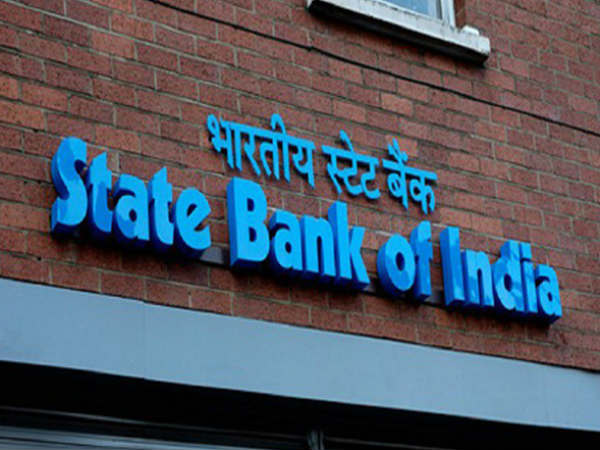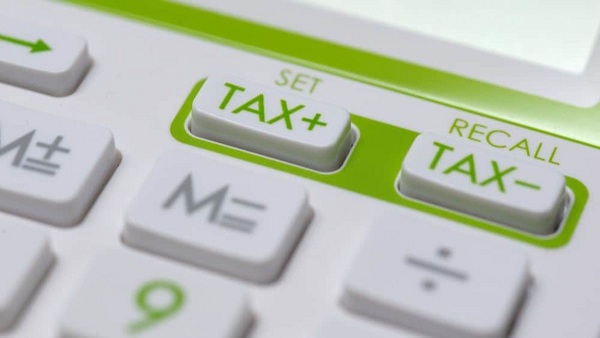How To Open A Recurring Deposit (RD) Account In SBI?
[ad_1]
Read More/Less
SBI RD Interest Rates
Here’re the latest RD rates of SBI for a deposit of less than Rs 2 Cr.
| Tenure | General RD rates | Senior Citizen RD rates |
|---|---|---|
| 1 year – 1 year 364 days | 5.00% | 5.50% |
| 2 years – 2 years 364 days | 5.10% | 5.60% |
| 3 years – 4 years 364 days | 5.30% | 5.80% |
| 5 years – 10 years | 5.40% | 6.20% |

Key takeaways of SBI RD
- One can make a minimum deposit of Rs. 100/- per month (thereafter in multiples of Rs. 10/-) with no upper limit.
- One can make deposits for a minimum period of 12 months to 120 months.
- Senior citizens are eligible for a 0.50 per cent additional interest rate compared to the regular rates for non-senior citizens.
- The bank imposes a penalty in the event of late payments which is Rs. 1.50 per Rs. 100/- per month for an account with a maturity period of 5 years and less and Rs. 2.00 per Rs. 100/- per month for an account with a maturity period of more than 5 years.
- On Recurring Deposit accounts paid out on or after the maturity date, where three or more consecutive instalments have been missed and the account has not been normalised, a service fee of Rs. 10/- will be imposed. If six consecutive instalments are not issued, the account will be closed prematurely and the remaining balance will be credited to the account holder.
- The nomination facility is also available for the customers.
- On the successful opening of the account, the account holder is issued with a universal passbook.
- SBI provides the option of taking a loan against a deposit; the loan amount can be taken up to 90% of the RD balance.
- One can easily transfer his or her RD account from one SBI branch to the other.
- Customers of SBI have the option of withdrawing their RD amount prematurely. A penalty will be charged by the bank if the amount is withdrawn before maturity.

Types of SBI RD schemes
The regular recurring deposit, the SBI holiday savings account, and the SBI Flexi Deposit Scheme are the three forms of recurring deposits that SBI currently provides. Let’s discuss each of them.
SBI Regular Recurring Deposit: This basic RD account can be opened by depositing a minimum amount of Rs 100 for a tenure of 1 year to 10 years respectively. A nominee can be appointed, and a loan of up to 90% of one’s RD account can be taken out.
SBI Holiday Savings Account: This scheme allows you to save money for your holiday through Thomas Cook. While travelling, you can select a Thomas Cook Holiday savings account package and the balance will be divided into 13 EMIs. The EMI amount can be deposited into an SBI Holiday Savings Account on a monthly basis for a period of 12 months, and Thomas Cook will provide the 13th EMI after factoring in the applicable interest rate. This account requires a minimum deposit of Rs100 to open.

Eligibility criteria
Individuals must meet the following eligibility requirements in order to open an RD with SBI:
- A recurring deposit account can only be opened by Indian citizens or members of a Hindu Undivided Family.
- The individual must have a savings account with SBI to open an RD account.
- He or she must have a stable income source
- NRIs can also open the RD account through NRO and NRE accounts.

Documents required to open an RD account
To open an SBI RD account, you need to keep the following documents handy:
Proof of identity: Aadhaar Card, Voter ID Card, PAN Card, Senior Citizen ID Card, Ration Card
Proof of address: Driving License, Utility Bills, Bank account statement
How to open an RD account?
SBI offers two options to open a recurring deposit account: online and offline. To open an RD account offline, go to the nearest SBI branch physically fill out the application form and submit it along with the required documents. To open an RD account online, just log in to SBI net banking account and follow the instructions to create an e-RD. You must first generate an SBI savings account if you do not have one.

TDS on SBI RD
The interest you receive on your recurring deposit is subject to a 10% TDS (Tax Deducted at Source). If the interest you receive on your recurring deposit is less than Rs. 10,000, no TDS is withheld. If you do not provide the bank with your PAN number, the TDS would be 20%. You need to submit Form 15G if you want to avoid TDS on RD. You will be given Form 16A by the bank regardless of whether you are eligible for TDS on your income. Also, please remember that Form 15G is only available to citizens under the age of 60. Whereas Form 15H is for senior citizens who are above 60 years old.
[ad_2]












